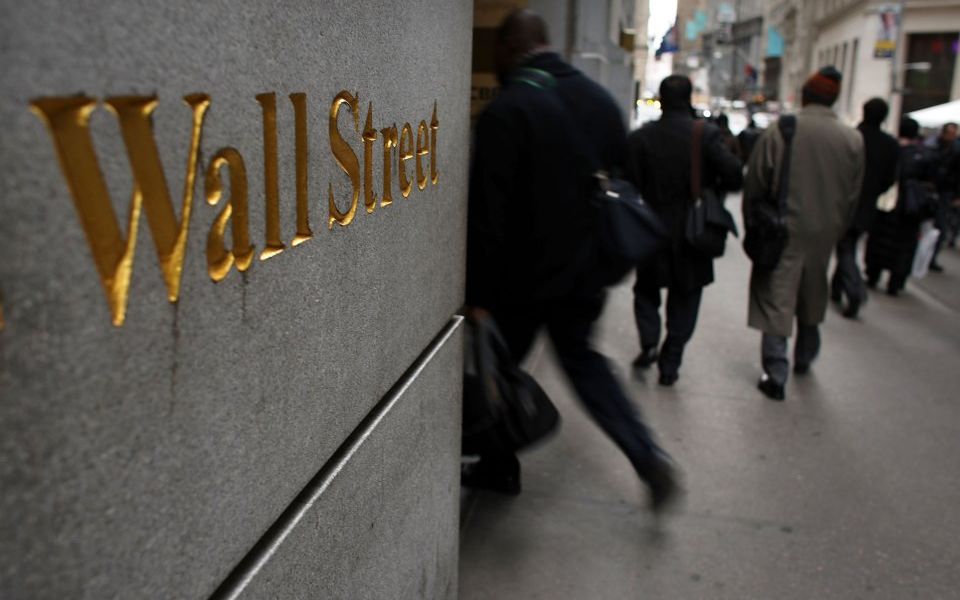
Wall Street soars ever higher, but is the Dow approaching its Icarus moment?

How high can the Dow Jones go? 26,000? Or 30,000 as President Donald Trump has suggested? Why not even further?
In the current heady climate it’s easy to get carried away, especially given that President Trump’s tax reforms are still to take effect.
So what is driving Wall Street’s extended bull run? Behind its “Goldilocks effect” is a rarely seen combination of strong economic growth, strong job creation and weak inflation.
No wonder global market sentiment is bullish. The US economy is booming. The good times are here, so let ‘em roll.
So much has market sentiment taken over that even in the face of disappointing Non-farm Payrolls data for December – which revealed the US economy created no more jobs in 2017 than in 2016 – shares on Wall Street still pushed higher.
Yet there are some who are, to say the least, more cautious.
"We're really terrified," Paul Gambles, managing partner at MBMG Group, told CNBC on Friday.
Mr Gambles went on to say the Dow Jones was last at an equivalent level to that of today just before the 1929 Wall Street Crash. He wasn't suggesting this was going to happen now, but the concern remains.
In the five years leading up to the Wall Street Crash, the Dow Jones Industrial Average quadrupled. Elongate the timeline slightly to almost nine years and it has more than done so again – 6,626 in March 2009 to 25,075 last Thursday.
The Dow is also not immune to big swings. Following the financial crisis of 2007, it more than halved in value – dropping from 14,093 in October 2007 to 6,626 in March 2009.
Fast forward to the present day, when the Dow jumped from 24,000 to 25,000 in just 35 days, and maybe Paul Gambles has a point.
The US market rally has now run for more than eight years. President Trump’s tax reforms will surely mean it will go on for sometime still. But how long before people start to really question whether equities are over-priced? And what happens then? A gradual correction or a short, sharp shock?
Meanwhile in London the FTSE 100 is breaking records of its own. But Britain is, as we have been warned by the International Monetary Fund (IMF) as recently as November, in no position to withstand another financial shock at the present time.
And while the FTSE 100 may no longer a reliable indicator of the health of the UK economy, a sharp correction would be far from welcome.
Given the FTSE 100 seems to be rising in tandem with the Dow Jones, and given the parlous state of the UK economy, maybe more people should, like Mr Gambles, be terrified.